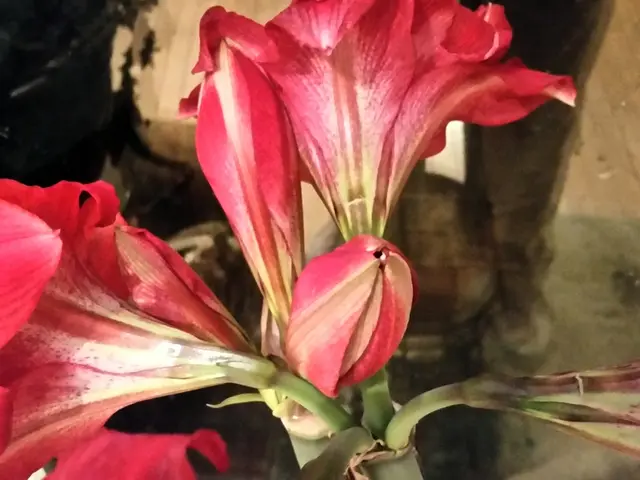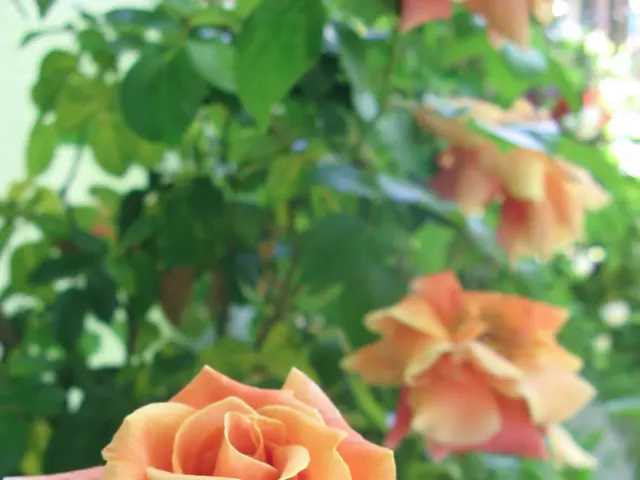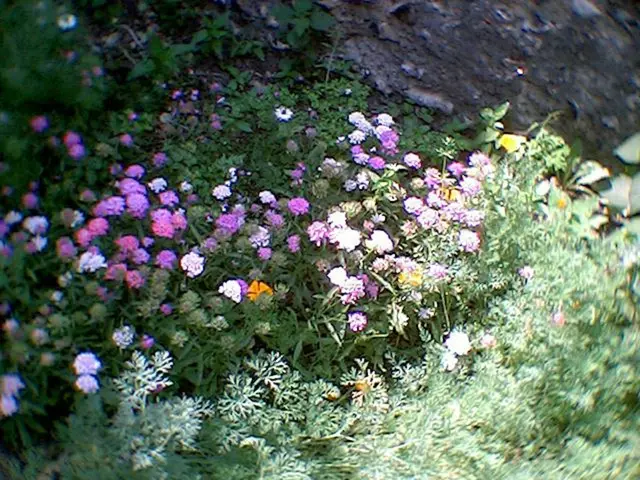Guide for Terrarium Landscaping: Incorporating Stones and Wood
In the fascinating world of terrariums, the choice of rocks and woods plays a crucial role in creating a thriving, balanced environment for plants and animals. Here's a guide to help you select the best and safest options for your terrarium.
### Safe Rock Options
Natural stones found in your garden or local streams are often safe for terrariums, requiring minimal treatment. Even those that bubble with vinegar, indicating calcium carbonate content, such as limestone, shells, and coral rock, can be used without concerns. However, it's essential to avoid rocks containing potentially toxic minerals like malachite and azurite. Rocks like quartz, jasper, or geodes are also safe choices.
For aquarium or moist terrariums, porous substrates like pumice can provide beneficial nutrients and drainage.
### Safe Wood Options
Hardwoods like oak are commonly used in reptile and amphibian terrariums. It's important to avoid woods treated with chemicals, resins, or from evergreen softwoods, which may release harmful oils.
### Cleaning
Rocks from natural sources rarely require boiling or bleach; rinsing to remove dirt is usually sufficient. Woods should be soaked and baked at moderate heat to kill microbes and pests without cracking. Avoid adding BBQ charcoal or briquettes to terrarium substrate as they contain harmful additives. Instead, opt for horticultural or aquarium-grade activated charcoal to filter and freshen, especially in closed terrariums.
### Styling for a Balanced Ecosystem
Creating a base with layers for water drainage and filtration is essential. Start with a thin charcoal layer (0.5–1 cm) to control odor and microbial growth, especially in closed bioactive builds. Follow this with a substrate layer tailored to the plants or animals, such as coco coir, orchid bark, perlite for moisture retention and aeration in closed terrariums, or mineral-heavy mixes for open terrariums.
Arrange rocks and wood to provide climbing, basking, and hiding spots for animals and microhabitats for plants. Ensure materials don't alter water chemistry drastically to maintain pH balance. Incorporate live plants to support a balanced ecosystem, as they help stabilize moisture and nutrients.
### In Summary
Choose untreated hardwoods like oak and natural stones free of toxic minerals, clean them properly without harsh chemicals, use activated charcoal and appropriate substrates, and style the terrarium to support both plants and animals with functional microhabitats for a healthy, stable environment.
Remember, a terrarium without hardscape is like a meal without seasoning. With the right rocks and woods, you can create a beautiful, balanced ecosystem that thrives for years to come. Happy terrarium building!
When styling your terrarium for a balanced ecosystem, don't forget to incorporate elements like rocks and woods. In home-and-garden settings, consider using safe options such as untreated hardwoods like oak and natural stones free of toxic minerals. These elements not only add aesthetics but also provide climbing, basking, and hiding spots for animals and microhabitats for plants.








